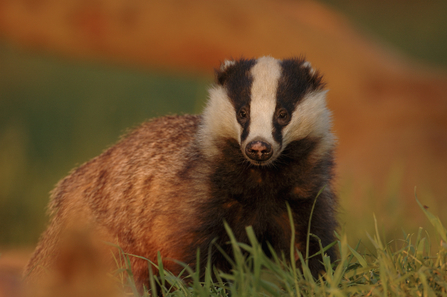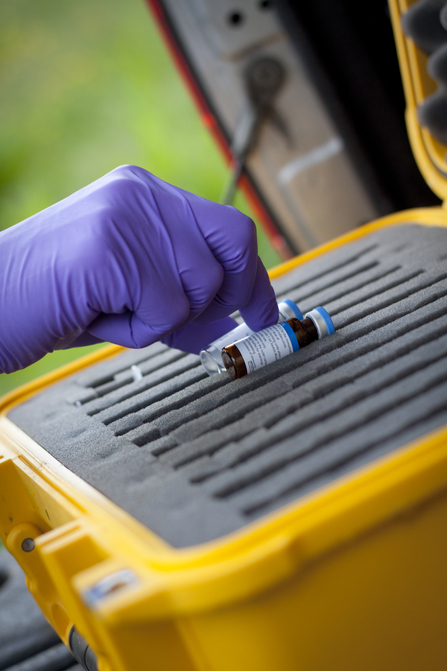An Independent Expert Panel was appointed by Defra to help evaluate the effectiveness, humaneness and safety of two pilot badger culls in Somerset and Gloucestershire. Its report has not yet been published. However, the BBC today reports that its analysis found that “the number of badgers killed fell well short of the target deemed necessary.” And “more than five per cent of badgers culled took longer than five minutes to die, failing the test for humaneness”.
The Wildlife Trusts understand that the independent panel’s findings will show a wider roll-out of this failed policy would be totally unacceptable.


